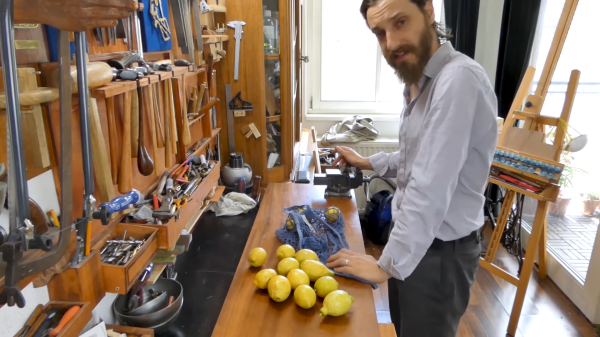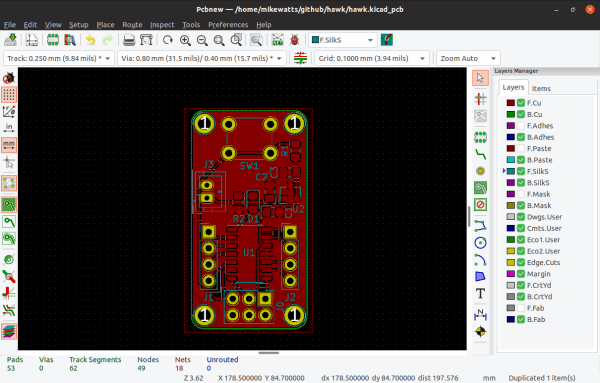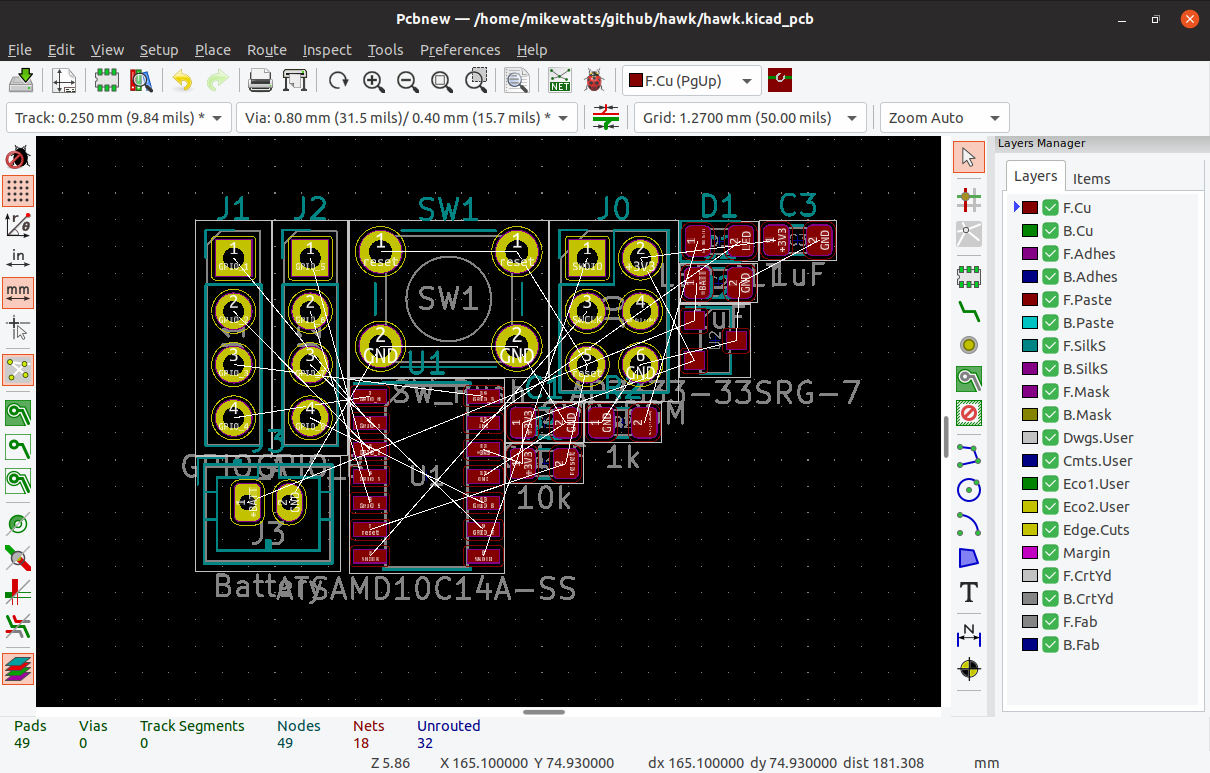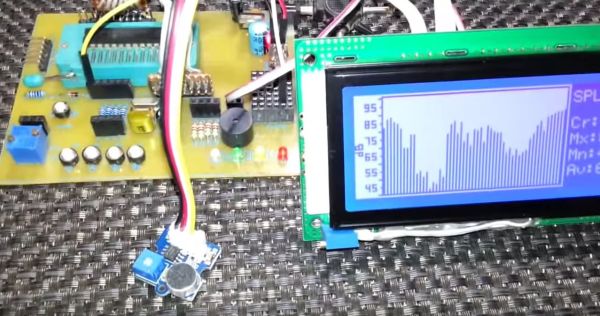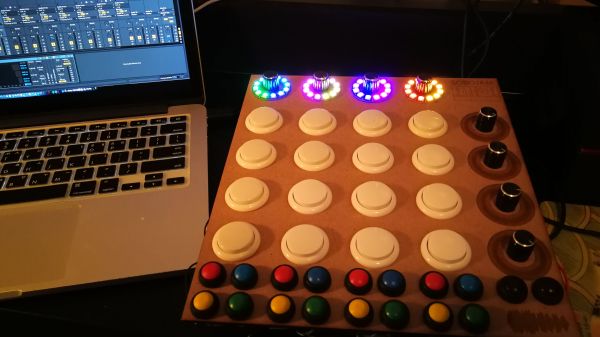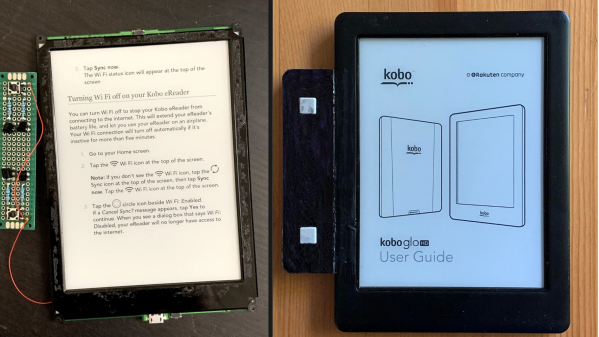“If you wish to make an apple pie from scratch, you must first invent the universe.” [Carl Sagan]. If you wish to make preserved lemons the same way as [Uri Tuchman], you have to start with that mentality. Video also below. The recipe for [Uri]’s preserved lemons involves two ingredients see sea salt, and sliced lemons, but we don’t expect you came here looking for a recipe and the food is less important than the journey.
Recipes take for granted that we have all the necessary utensils on hand, but what if you are missing one? What if you are missing all of them? Life’s lemons won’t get the best of us, and if we’re utensil-poor and tool-rich we will make those lemons regret trying to take a bite out of us. The first fixture for cutting lemons is a cutting board, then a knife, and finally an airtight container. We see him make all of them from stock material by hand. Does that seem like a lot of work? You forgot that if you’re going to eat up, you’ll need a serving platter and fork. If he ever opens a restaurant, don’t expect it to be fast food.
Maybe humans will only need one tool in the kitchen someday but at least one cat receives food from a single silicone-brained tool.

